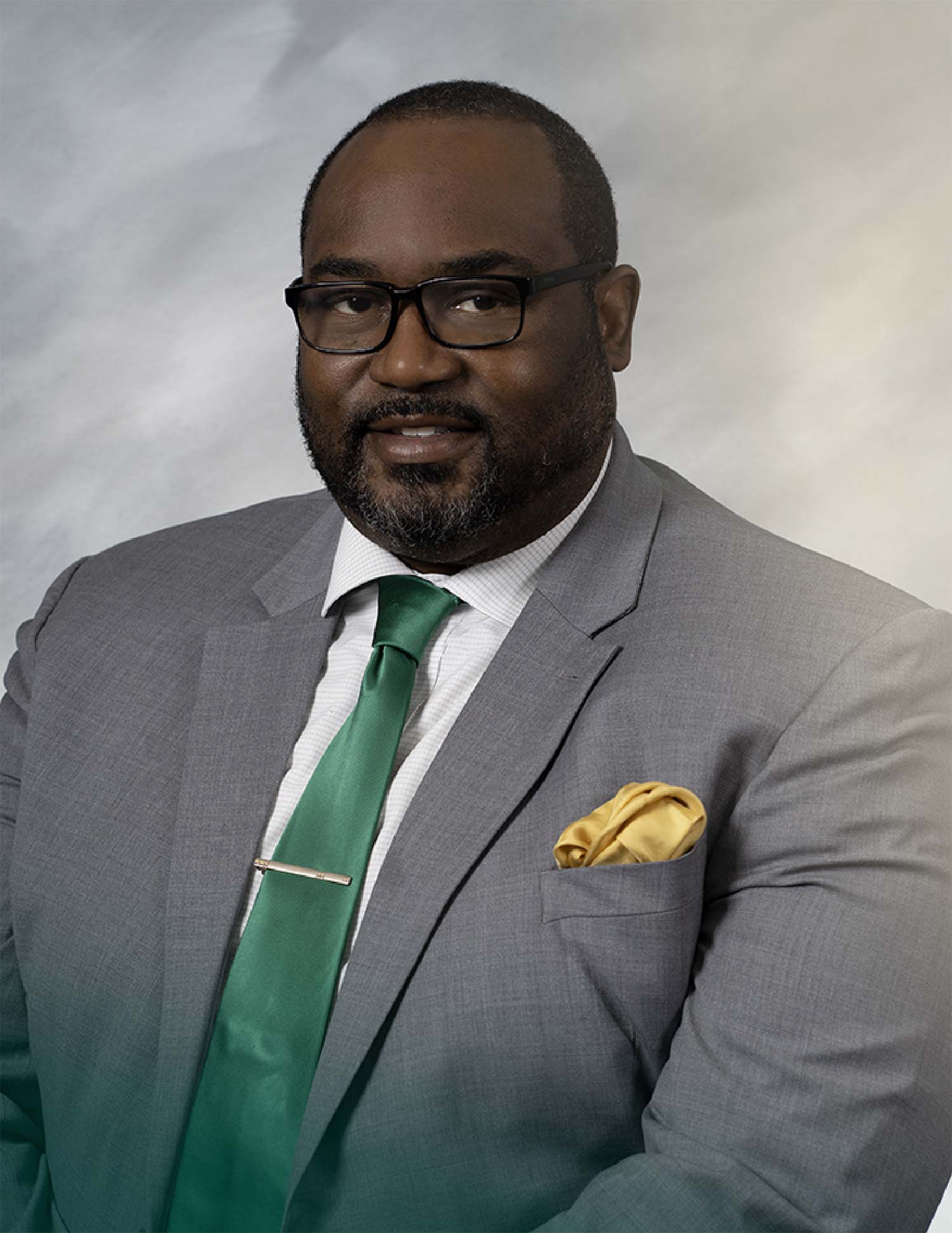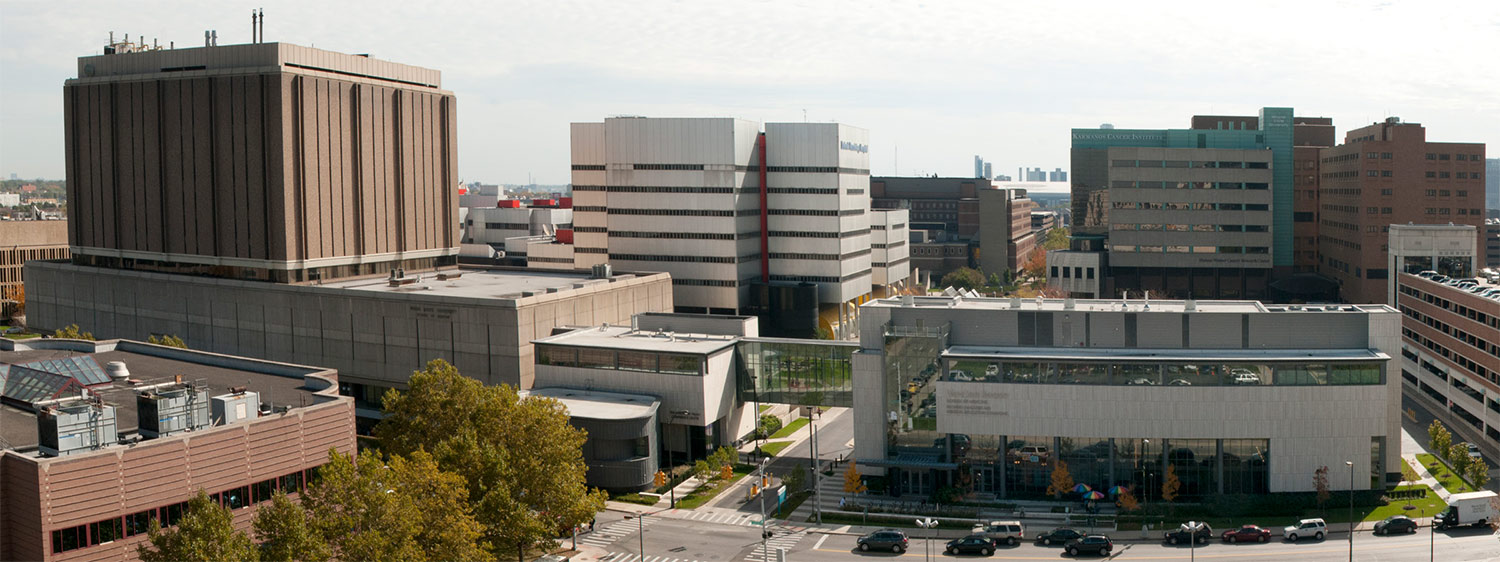
EngageD Q&A
Roy found his calling at Wayne State College in Nebraska, where he received a bachelor’s in human services counseling and a master’s in higher education counseling. He ultimately earned his doctorate in educational psychology from the University of Southern California, with the dissertation, “The Role of Social Capital and Networks in Supporting Black Males’ Matriculation into Medical School.”
He has 18 years of experience in diversity and inclusion at several medical schools across the country.
Did you experience marginalization growing up? Is that why diversity and inclusion is a such a passion of yours now?
Given your athletic prowess, did you consider pursuing a professional career in football instead of in higher education?
What attracted you to Wayne State University?

What about diversity and inclusion in medicine made you pursue it as a career?
What would you like to accomplish at the School of Medicine?
The only way that we can do that is actually going to the community and building relationships, and fostering a a sense of inclusiveness, and really building that bridge between Wayne State, from the undergraduate to the medical school and pre-professional programs.
And most importantly, making them feel that Wayne State University is a place for all and not just for those who are from the majority, but for those who are a historically marginalized community, whether it be from the LGBTQI+ community, whether they be a first-generation college student, whether it be racial and ethnic populations. We’re even talking about ageism, about the intersectionality of diversity, not just from a racial and ethnic minority.